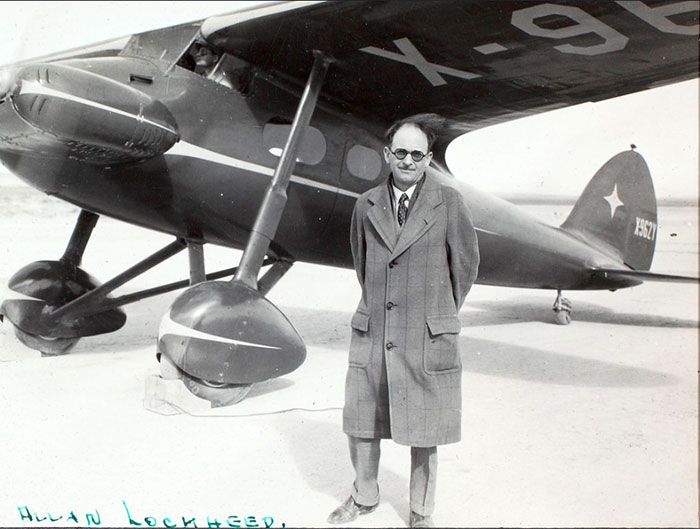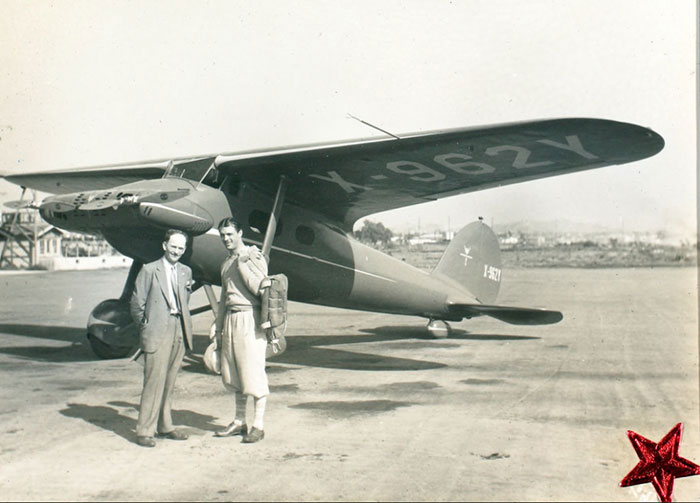THANK YOU!
YOUR PURCHASE OF THESE BOOKS SUPPORTS THE WEB SITES THAT BRING TO YOU THE HISTORY BEHIND OLD AIRFIELD REGISTERS
Your copy of the Davis-Monthan Airfield Register (available in paperback) with all the pilots' signatures and helpful cross-references to pilots and their aircraft is available at the link. 375 pages with black & white photographs and extensive tables
---o0o---
The Congress of Ghosts (available as Kindle Edition eBook) is an anniversary celebration for 2010. It is an historical biography, that celebrates the 5th year online of www.dmairfield.org and the 10th year of effort on the project dedicated to analyze and exhibit the history embodied in the Register of the Davis-Monthan Airfield, Tucson, AZ. This book includes over thirty people, aircraft and events that swirled through Tucson between 1925 and 1936. It includes across 277 pages previously unpublished photographs and texts, and facsimiles of personal letters, diaries and military orders. Order your copy at the link.
---o0o---
Military Aircraft of the Davis Monthan Register, 1925-1936 (available in paperback) at the link. This book describes and illustrates with black & white photographs the majority of military aircraft that landed at the Davis-Monthan Airfield between 1925 and 1936. The book includes biographies of some of the pilots who flew the aircraft to Tucson as well as extensive listings of all the pilots and airplanes. Use this FORM to order a copy signed by the author, while supplies last.
---o0o---
Art Goebel's Own Story (available as free PDF download) by Art Goebel (edited by G.W. Hyatt) is written in language that expands for us his life as a Golden Age aviation entrepreneur, who used his aviation exploits to build a business around his passion. Available as a free download at the link.
---o0o---
Winners' Viewpoints: The Great 1927 Trans-Pacific Dole Race (available as Kindle Edition eBook) is available at the link. This book describes and illustrates with black & white photographs the majority of military aircraft that landed at the Davis-Monthan Airfield between 1925 and 1936. The book includes biographies of some of the pilots who flew the aircraft to Tucson as well as extensive listings of all the pilots and airplanes. Use this FORM to order a copy signed by the author, while supplies last.
---o0o---
Clover Field: The first Century of Aviation in the Golden State (available in paperback & Kindle Edition) With the 100th anniversary in 2017 of the use of Clover Field as a place to land aircraft in Santa Monica, this book celebrates that use by exploring some of the people and aircraft that made the airport great. 281 pages, black & white photographs.
---o0o---
YOU CAN HELP
I'm looking for information and photographs of this airplane to include on this page. If you have some you'd like to share, please click this FORM to contact me.
---o0o---
SPONSORED LINKS
HELP KEEP THESE WEB SITES ONLINE
FOR YOUR CONVENIENCE
You may NOW donate via PAYPAL by clicking the "Donate" icon below and using your credit card. You may use your card or your PAYPAL account. You are not required to have a PAYPAL account to donate.
When your donation clears the PAYPAL system, a certified receipt from Delta Mike Airfield, Inc. will be emailed to you for your tax purposes.
---o0o---
LOCKHEED OLYMPIC DUO-6 NX962Y
This airplane landed at least ten times at the Grand Central Air Terminal (GCAT) between May 3, 1931 and July 2, 1931. The novel design of the Lockheed Olympic was conceived by Allen Lockheed, posed below, with his airplane. This photograph is courtesy of the San Diego Aerospace Museum Flickr stream.
 |
The airplane was first flown by Frank Clarke in 1930. Below, Clarke stands at right with his parachute. The other gentleman is unidentified. Note that the unusual design placed its engines close together at the front of the airplane. This juxtaposition provided an advantage in the event of an engine failure. Lose an engine and the airplane flew very much like a single-engine airplane, without the characteristic yaw that results from failure of an engine located farther out on the wing.
NX962Y was equipped with two 230hp Menasco B-6S engines. According to aerofiles.com, a demonstration flight was made in May 1934 at Mines Field (now LAX) with one propeller removed—it took off in 1200', attained 130mph, and reportedly handled much like a single-engine plane (without the drag of a stopped or windmilling propeller).
 |
An online exposition of the evolution of the airplane is at the link. It describes the transition in engines and model numbers between 1930 and 1938. NX962Y carried four to six passengers. The fuselage, wing and empennage were essentially the same as the Lockheed Vega.
I do not know the ultimate fate of this airplane. If you can help, please let me KNOW.
---o0o---
SPONSORED LINKS
THIS PAGE UPLOADED: 12/06/17 REVISED:
